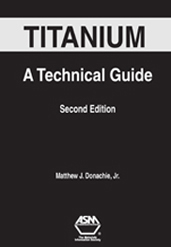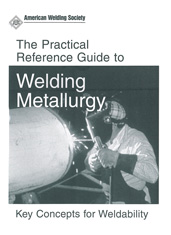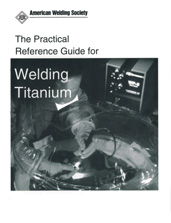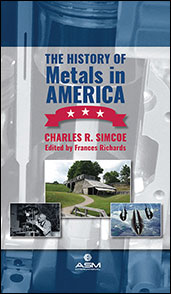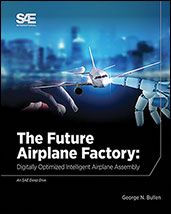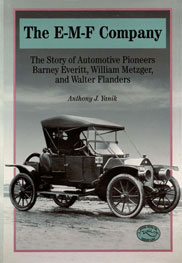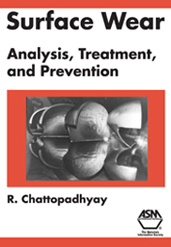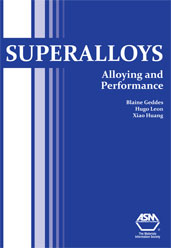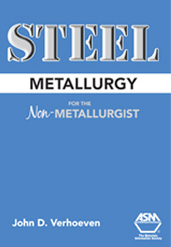Book

Utility Vehicle Design Handbook, Second Edition
1991-09-01
Utility Vehicle Design Handbook contains valuable information of use to anyone interested in the principles, mechanics, or development of vehicles used by utility companies: engineers, designers, specifiers, buyers, fleet managers, and maintenance personnel. With up-to-date details on the latest technology, research, and equipment in the utility vehicle field, this handbook provides practical information for anyone working with vehicles used in the utility and communications industries. It collects a wealth of information from many sources into one comprehensive reference on utility vehicles. Completely updated to keep the handbook concise and timely, the second edition provides up-to-date details on the latest technology, research, and equipment in the utility vehicle field, plus updated sections on standards and terminology.

